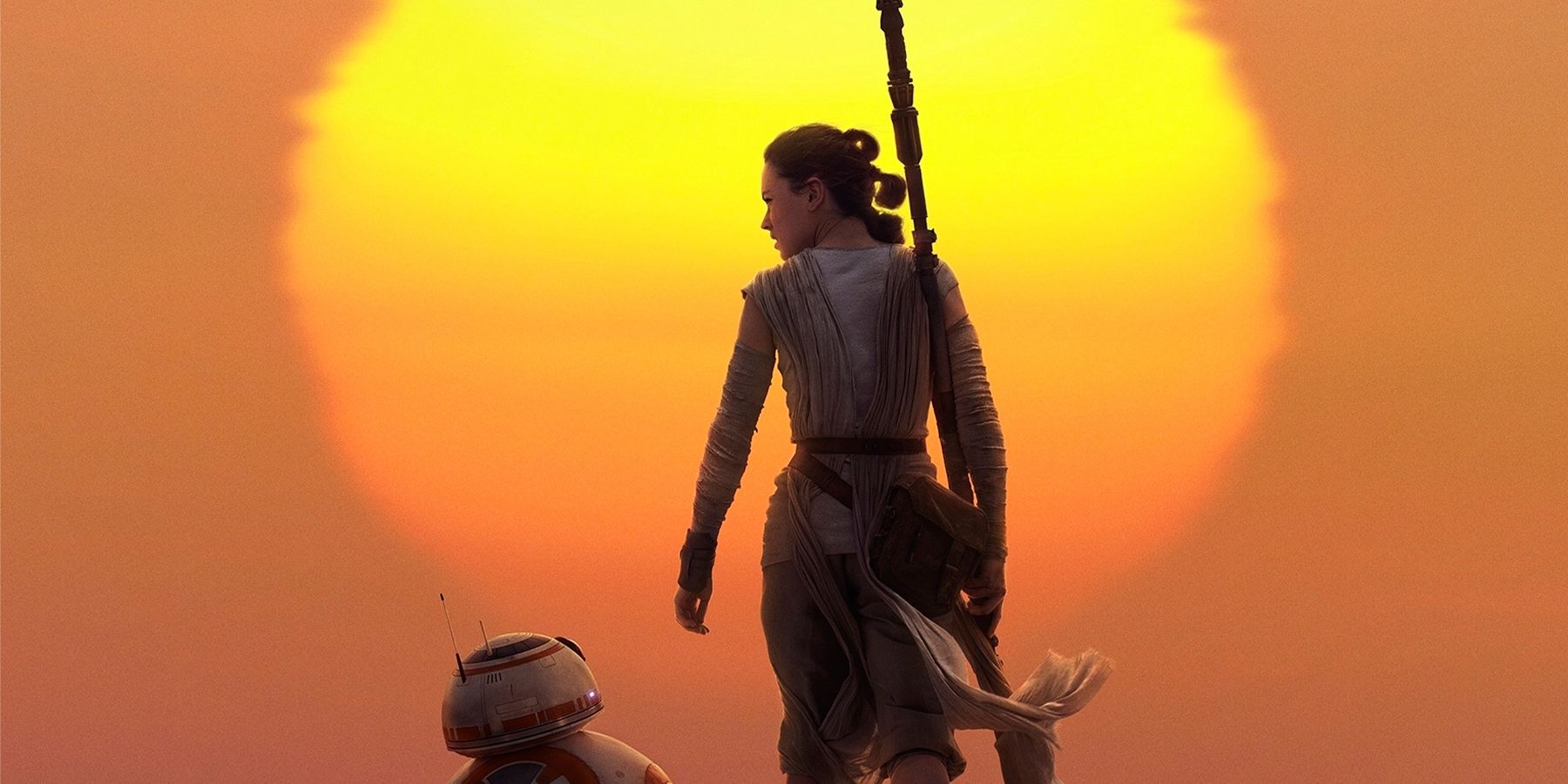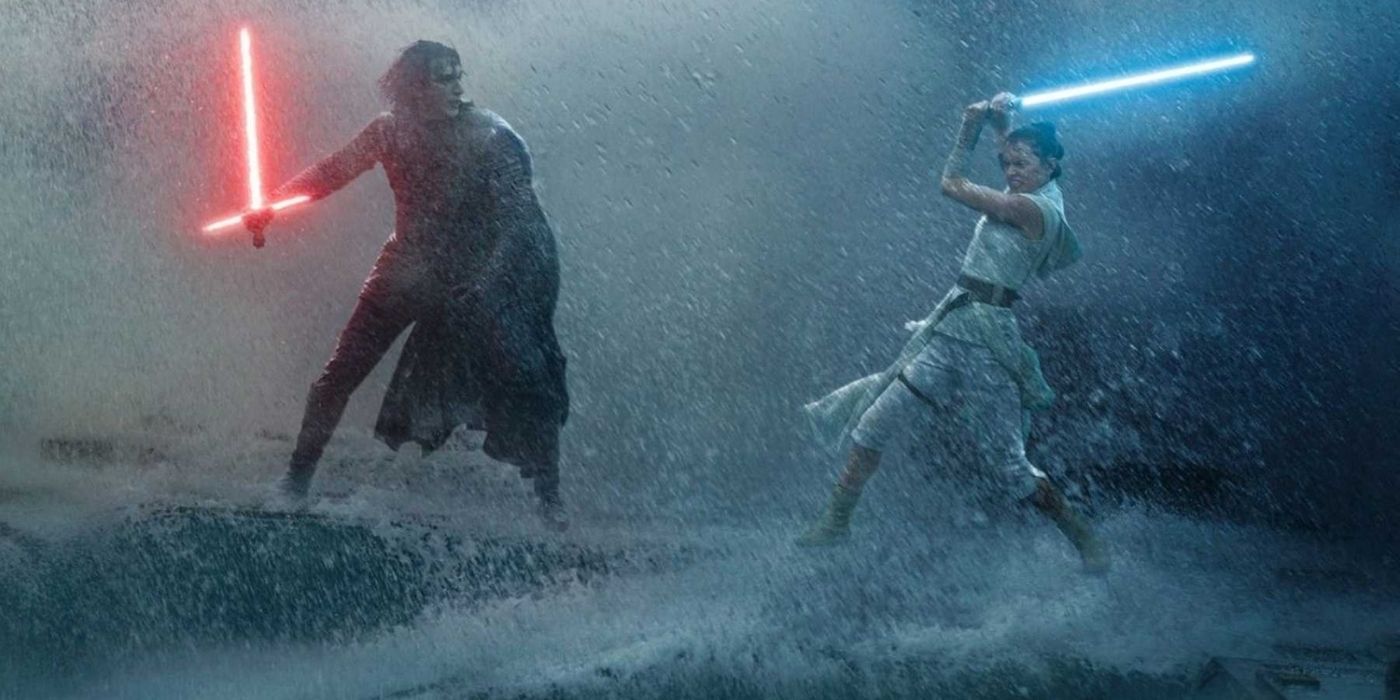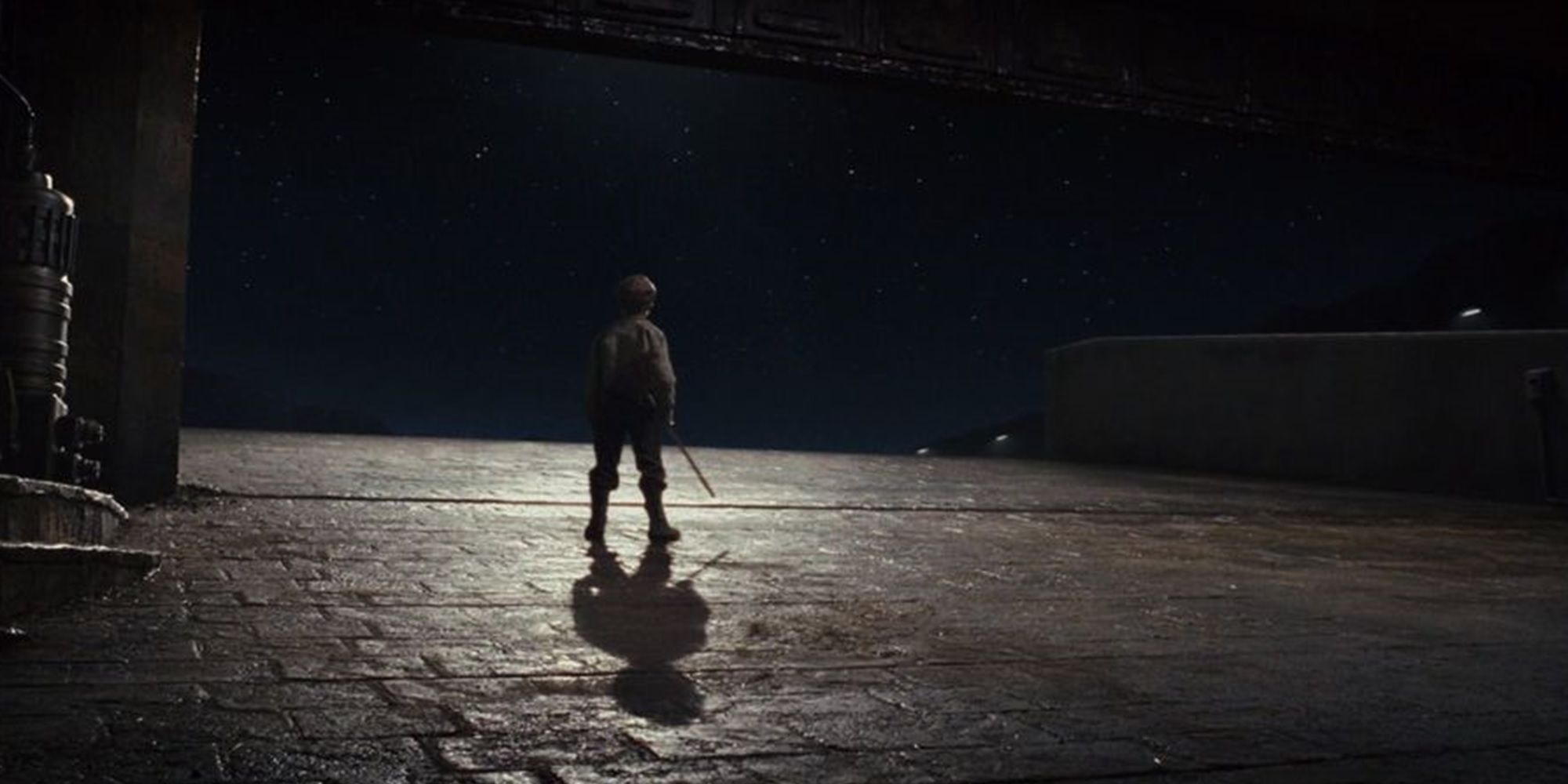Few, if any, other franchises have managed to achieve the prolonged cultural relevance that Star Wars has enjoyed. It has now been almost half a century since A New Hope was released, yet the profile of the original trilogy has only increased, spawning two more trilogies and a host of spinoffs. Though The Rise of Skywalker concluded that original story, the Skywalker Saga, nearly three years ago, the franchise shows no signs of slowing down. Even now, a slate of new movies and shows that will be expanding the universe for years to come.
Forty-five years is a particularly long time in Hollywood — enough time for children who were raised on the original trilogy to grow up and become directors themselves, to produce content that testifies to the influence of Star Wars on their own authorship. The Force Awakens and The Last Jedi are, essentially, fanfiction. Despite being incredibly different takes on the Star Wars mythology, both bear certain undeniable hallmarks of fan-made films.
“This will begin to make things right.” The first line spoken in The Force Awakens was interpreted by fans to have a double meaning, and it was taken up as a sort of rallying cry for the sequel trilogy. The prequel trilogy, which had premiered fifteen years earlier, was immensely popular, but it suffered from weak writing and massive discontinuities with the original trilogy. Fans took the line in The Force Awakens as reassurance that J.J. Abrams would not let technological wizardry get in the way of good storytelling; that midi-chlorians and outrageously-nimble Yoda were things of the past. The world of the prequel trilogy would be the same world that fans fell in love with in 1977, a point which was made in the opening shots of the trailer, with Rey rappelling down into the belly of a familiar Imperial star destroyer. In crafting a new future for Star Wars, Abrams demonstrated a commitment to remembering — and honoring — the franchise’s past.
The Force Awakens has been accused of duplicating the very plot of A New Hope, and the characterization is appropriate. From a remote and inhospitable planet, a hero emerges to join the Resistance against an evil Empire, while discovering their own powers with the Force. With the help of a self-interested companion, the hero must grapple with a representative of the Dark Side, while the Resistance attempts to blow up yet another Death Star (in this case, the slightly magnified Starkiller Base). The original heroes have also returned — Han, Leia, and Chewie, as well as R2-D2 and C-3PO — along with the Millennium Falcon, which is possibly the most iconic hunk of junk in the Star Wars universe. And, as always, the struggle between light and dark takes center stage: Rey’s journey in the Force pits her directly against Kylo Ren, who resists redemption almost from the start.
The formula does not feel staid, however, as Abrams excels at balancing appeals to nostalgia against novel elements. The Millennium Falcon, for example, reappears in a moment perfectly calibrated for equal humor and thrill. The incorporation of a stormtrooper as a main character turns a longstanding proto-meme into a compelling narrative. Even the x-wing’s targeting computer is only slightly more advanced than what Luke Skywalker used to blow up the Death Star. It is not an Easter egg so much as an acknowledgement: that forty-five years’ technological progress in Hollywood should not be exploited to undermine twenty years’ technological progress in a galaxy far, far away. The Force Awakens recognizes that Star Wars is a subgenre unto itself. By following its conventions, Abrams crafted a movie that was both thoroughly new, and thoroughly recognizable as a Star Wars movie.
“Let the past die. Kill it if you have to.” Kylo Ren’s line from The Last Jedi exposed deep divisions in the Star Wars fandom, with members either applauding the statement as a way forward for the franchise, or reviling it as a desecration of the franchise’s history and traditions. Like The Force Awakens, The Last Jedi recognizes the conventions of a Star Wars movie, but Rian Johnson uses those conventions very differently than Abrams. In a galaxy where the heroes usually prevail — often by outlandish gambits or elaborate plans — audience expectations can be much harder to deconstruct. Johnson’s approach, then, is almost painfully thorough. He leads viewers down a number of familiar roads, only to confound the plans when characters are on the verge of triumph. Yet what many viewers interpreted as irreverence actually demonstrates a deep commitment to the Star Wars mythology. It's a realistic acknowledgement that, if Star Wars would continue to be relevant, it must evolve.
Rian Johnson has proven that he is a master of pastiche, and The Last Jedi is no different. He takes the conventions of a Star Wars film and turns them on their head. From Rey’s journey to find her power (and her identity), to Finn and Rose’s extended side quest for the Resistance, to the final lesson learned by Luke Skywalker — every aspect of the narrative begins with a conventional Star Wars plot. Take, for instance, Kylo Ren’s arc. Like his predecessor, Darth Vader, he fails in his initial mission, requiring oversight by the Supreme Leader, before turning on Snoke to save Rey. Yet instead of a final redemption, à la Vader, he falls back into pettiness and selfish ambition. Instead of being elevated in a predictable enemies-to-lovers plot, he remains as he was before. It is more realistic trajectory for a character who has already been established as petulant and murderous, but it is also a subversion of Star Wars tradition.
For those who doubted Johnson’s commitment to Star Wars mythology, the director took to social media to provide justification for many of his choices within the existing, extended universe. But the intent to build the franchise out — and not to tear it down — is manifest within the film itself. The revelation that Rey is nobody gives her the same status as Luke Skywalker in A New Hope: anybody could rise with the Force, find their power, and rise to heroic proportions. A young boy sweeping out a stable could be the next Chosen One — a point that Johnson explicitly affirms by playing “Twin Suns” as the child imagines his broom transforming into a lightsaber. How many junk worlds in that long-ago galaxy might contain future Jedi? How many as-yet-undiscovered Jedi were just waiting for their stories to be told? Confining Star Wars to the Skywalker family and their compatriots was a limitation to the Star Wars universe that Johnson attempted remove, making way for the stories of countless new heroes that audiences would eventually grow to love.
If The Force Awakens and The Last Jedi were films made by fans, then The Rise of Skywalker was a movie made by the fandom — a fractured, factious fandom, with competing desires and divided expectations. The Last Jedi generated unprecedented controversy within the Star Wars fandom; when Abrams returned to The Rise of Skywalker, he sought to undo much of Johnson’s work, replacing it with more callbacks to nostalgia and predictable plotting.
But this solution backfired in two ways. First, it revealed that critics of The Last Jedi, while vocal, did not universally represent the desires of the fandom. Second, it created a messy, uneven film that sacrificed interior logic to meet contrasting expectations. Directors who wish to move the franchise forward into a new era need to be willing to take risks; fans will evolve with Star Wars, as they have since 1977.



